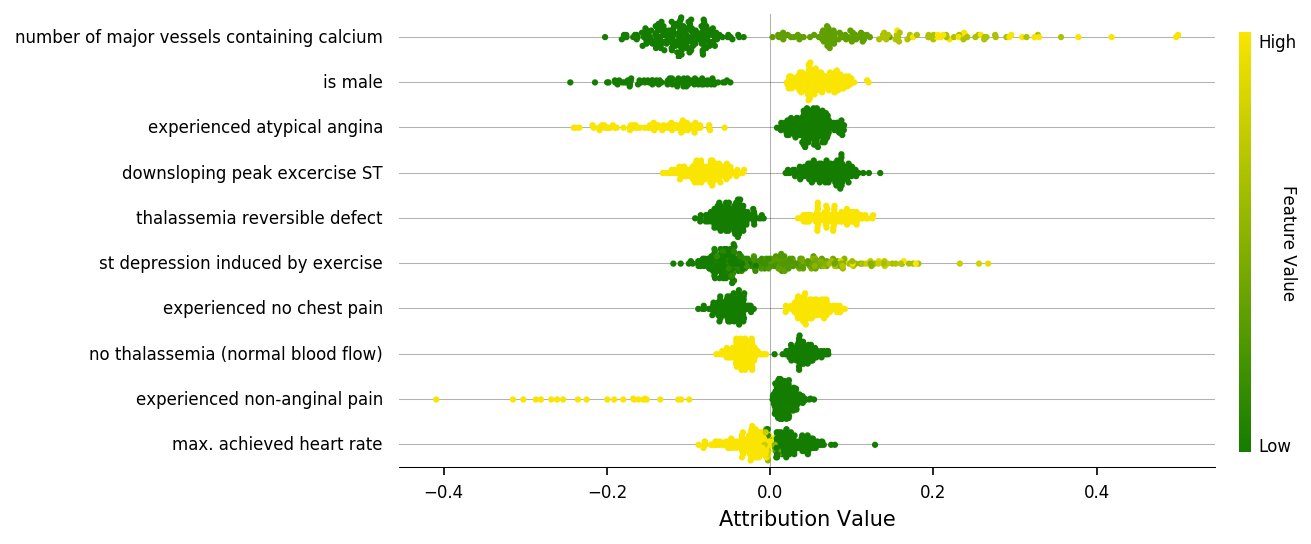Improving performance of deep learning models with axiomatic attribution priors and expected gradients
Recent research has demonstrated that feature attribution methods for deep networks can themselves be incorporated into training; these attribution priors optimize for a model whose attributions have certain desirable properties -- most frequently, that particular features are important or unimportant. These attribution priors are often based on attribution methods that are not guaranteed to satisfy desirable interpretability axioms, such as completeness and implementation invariance. Here, we introduce attribution priors to optimize for higher-level properties of explanations, such as smoothness and sparsity, enabled by a fast new attribution method formulation called expected gradients that satisfies many important interpretability axioms. This improves model performance on many real-world tasks where previous attribution priors fail. Our experiments show that the gains from combining higher-level attribution priors with expected gradients attributions are consistent across image, gene expression, and health care data sets. We believe this work motivates and provides the necessary tools to support the widespread adoption of axiomatic attribution priors in many areas of applied machine learning. The implementations and our results have been made freely available to academic communities.
PDF Abstract ICLR 2020 PDF ICLR 2020 Abstract

